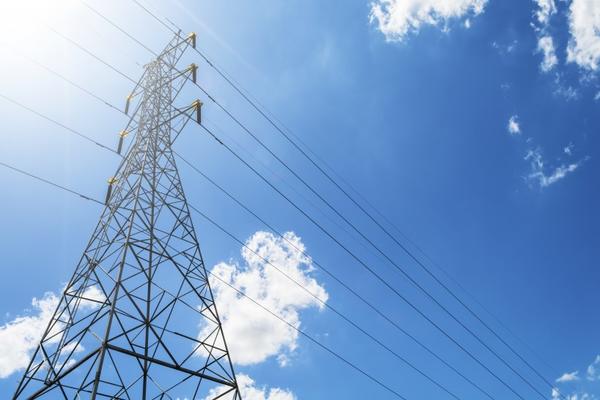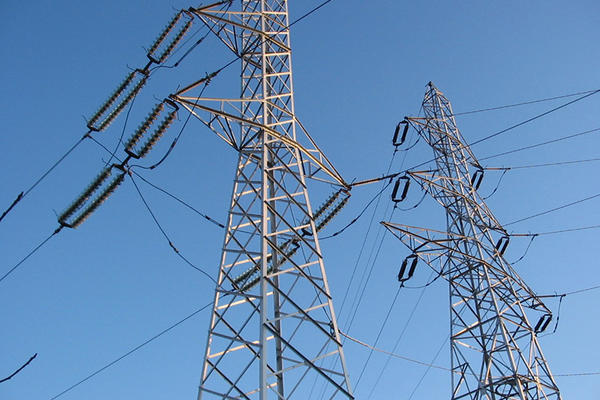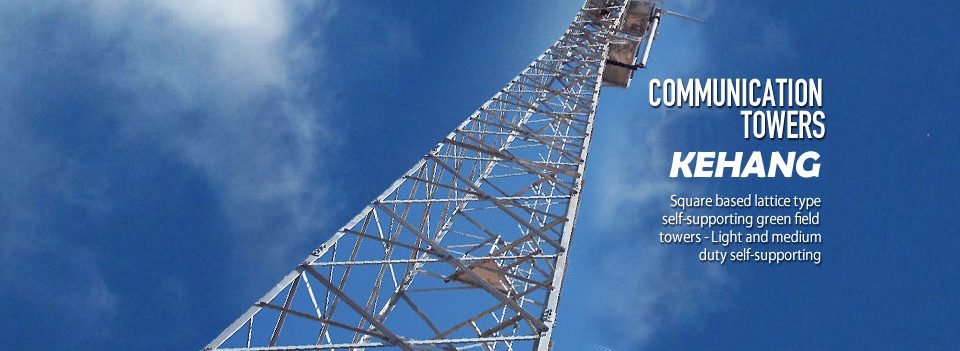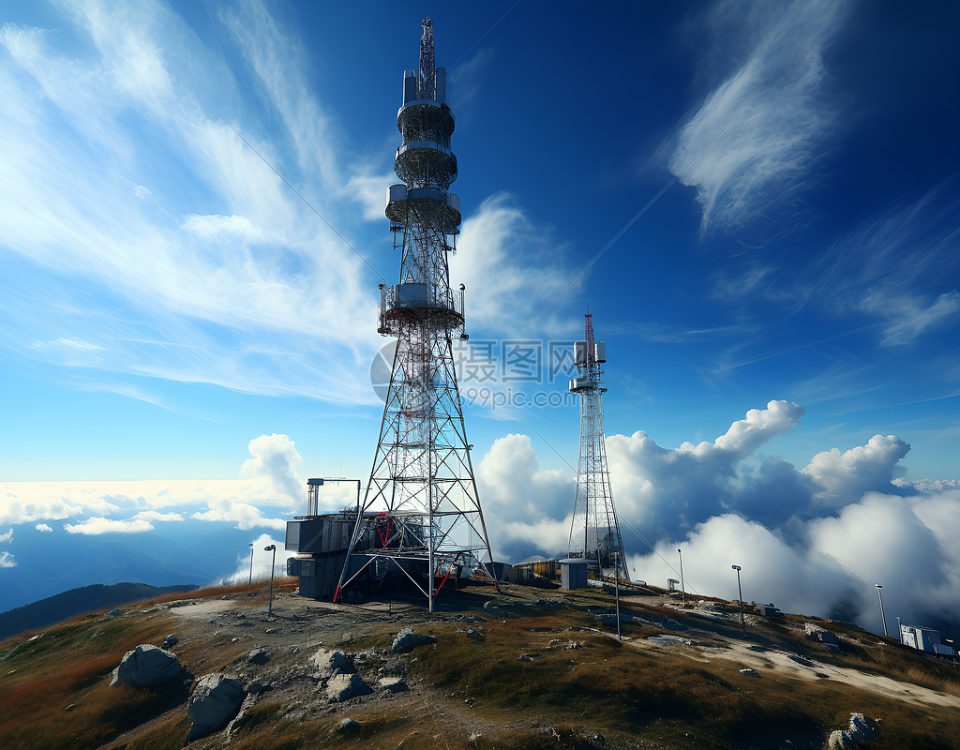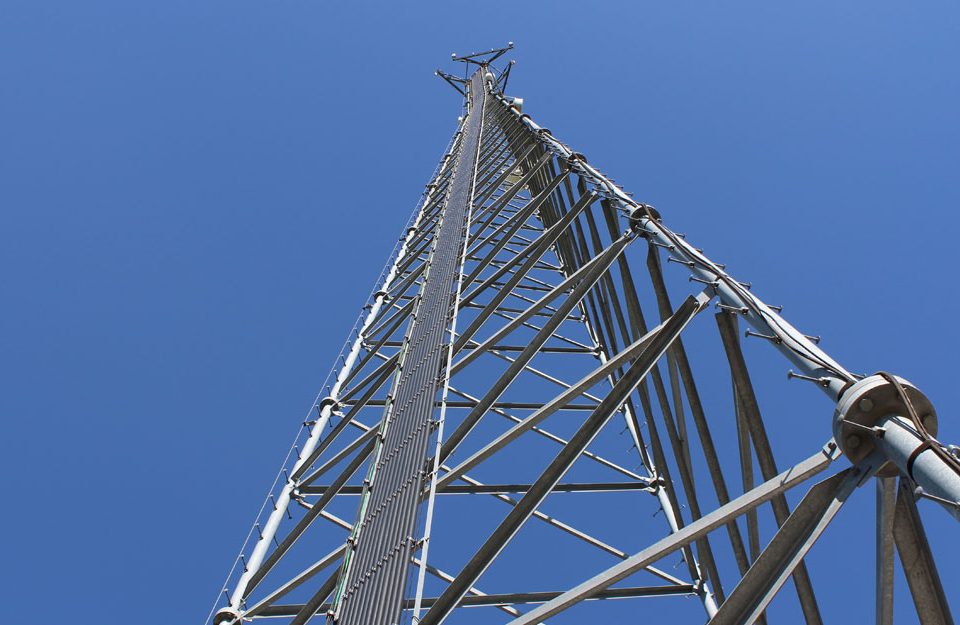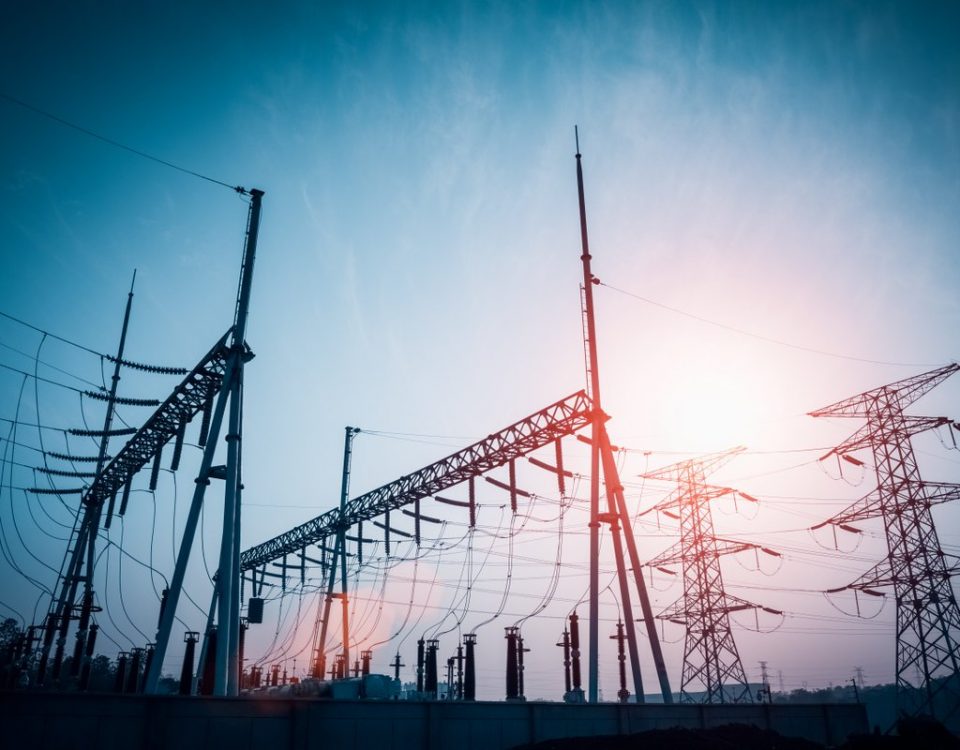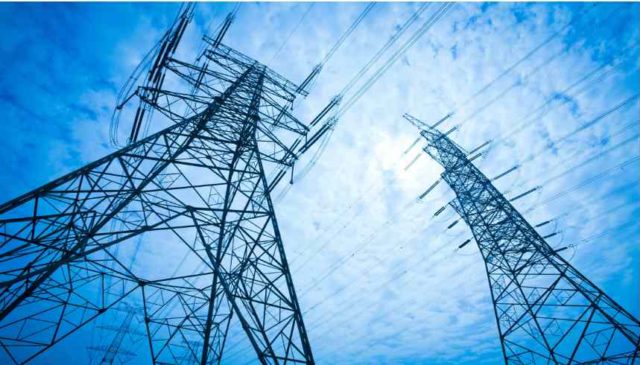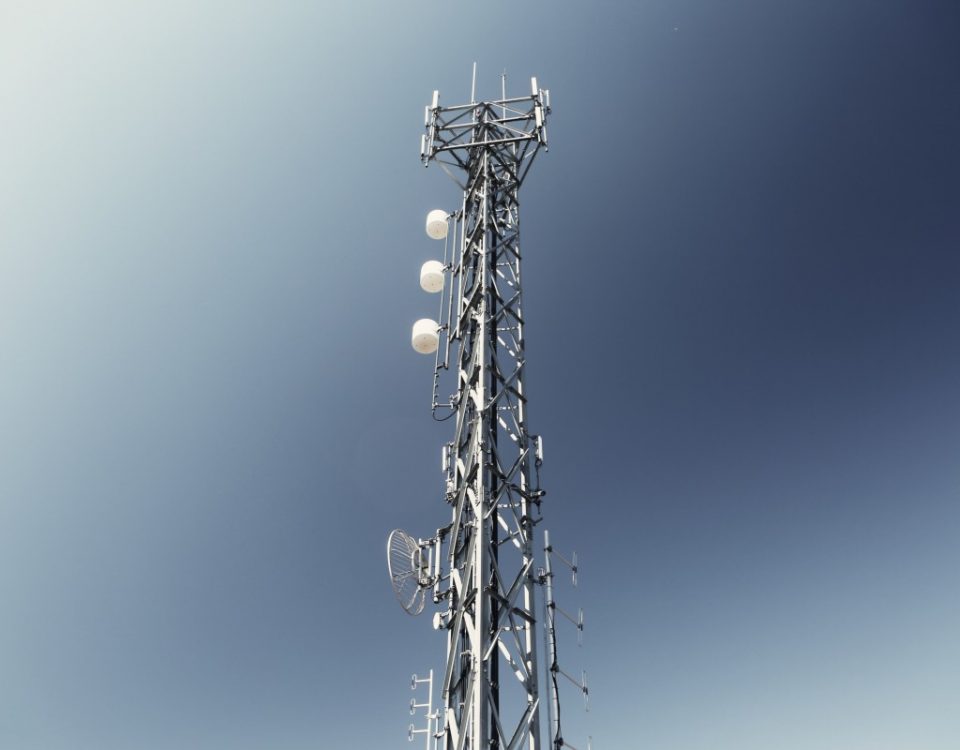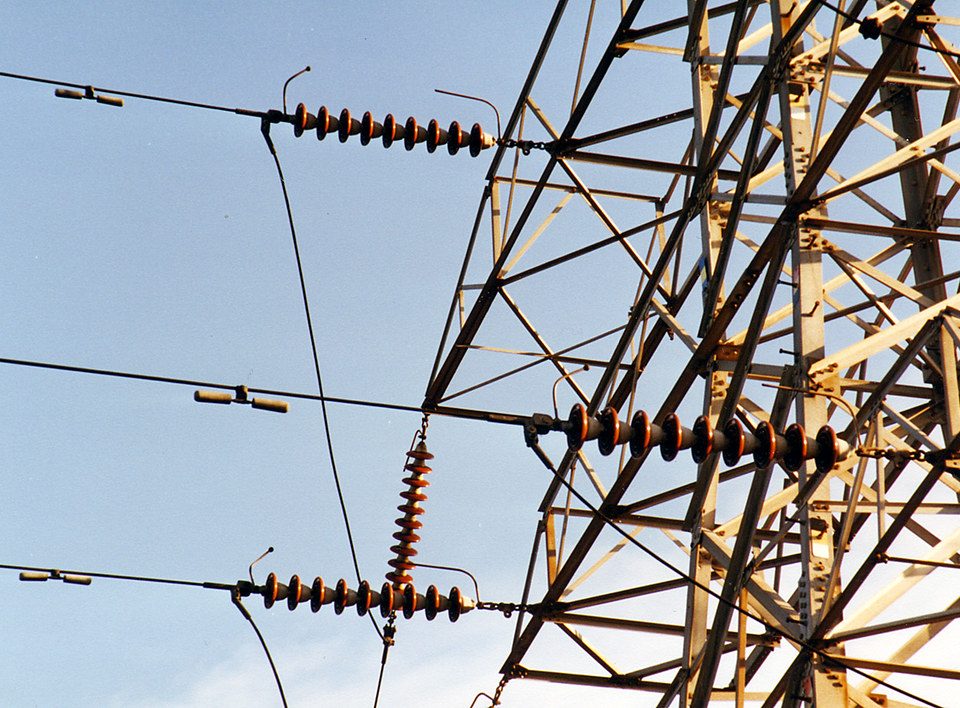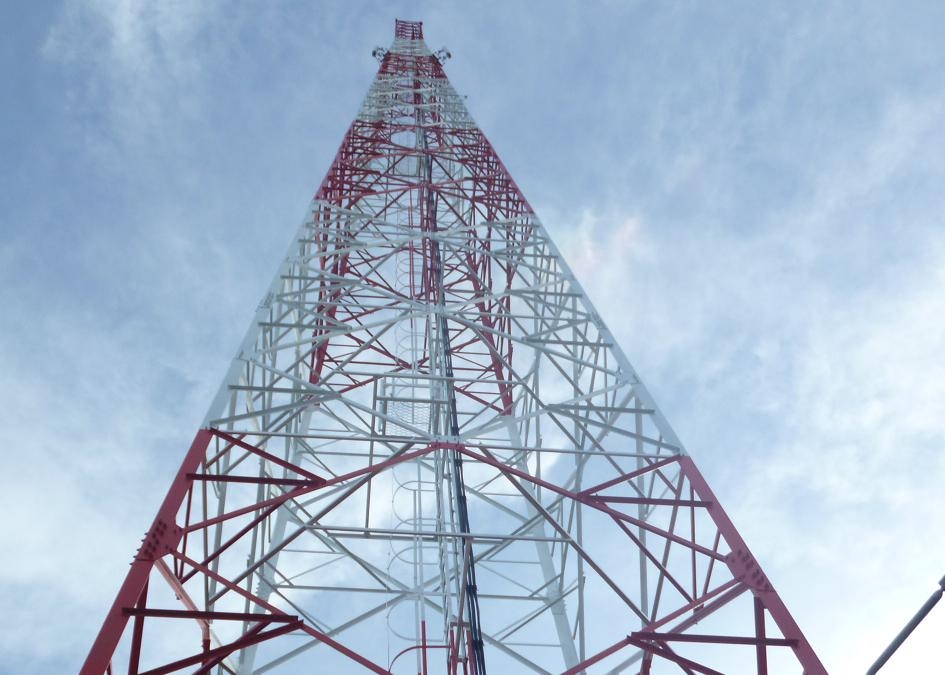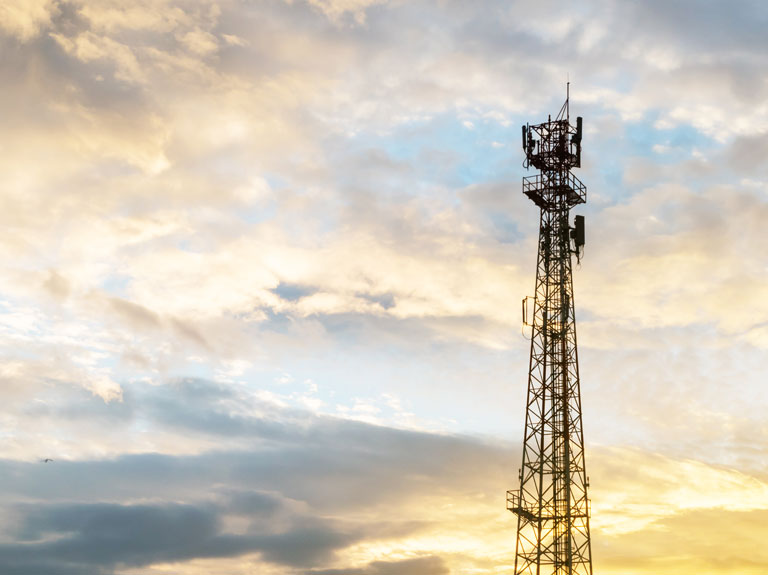Technical Specifications
- All
- Angel Communication Tower
- Camouflaged Tower,camouflaged cell towers,camouflaged mobile tower
- Chimney Tower
- Communication Tower
- Company News
- Electric Transmission Line Tower
- Ground Telecommunication Tower
- Guyed Tower
- Industrial News
- Inspection Record
- Integrated Tower Site,Portable Telecom Tower Site
- Lattice Steel Tower
- Microwave Steel Tower
- Monitoring Tower, Structure Steel Monitor Tower, Lattice Monitor Tower
- Monopole Tower
- News
- Projects
- Protection
- Self-support Tower
- solar panel bracket,Solar Photovoltaic Breaket
- Steel grade and material
- Steel Tower Corrosion Protection
- Street Pole
- Technical News
- Technical Specifications
- Transmission Line Video
- Transmission Steel Pole
- Tubular Communication Tower
June 27, 2025
Technical Conditions for Manufacturing Transmission Line Towers 1. Overview of Transmission Line Tower Manufacturing Standards The manufacturing of transmission line towers is governed by rigorous technical […]
October 23, 2024
Analyzing the nonlinear performance of steel lattice energy distribution towers is crucial for ensuring their structural integrity and reliability, especially under complex loading conditions such as […]
July 7, 2024
Difference Between Self-Supporting and Guyed Towers Towers are critical structures used for a variety of applications, including telecommunications, broadcasting, and wind energy. Two common types of […]
June 21, 2024
Communication Towers Lightning Protection Communication towers, often located in high and isolated areas, are particularly vulnerable to lightning strikes due to their height and metallic structure. […]
June 17, 2024
Development of Seismic Fragilities for a Base Station Steel Lattice Cellular Tower Seismic fragility analysis is a crucial aspect of ensuring the structural resilience of base […]
June 13, 2024
Analysis of Transmission Line Tower Subjected to Wind Loading Transmission line towers are vital for the functioning of electrical grids, as they support overhead power lines […]
June 9, 2024
Analysis and application of key points in power steel tower structural design The scope of power projects will be gradually broadened, and the design specification requirements […]
June 4, 2024
Everything You Need to Know About 5G Cell Communication Towers Introduction The advent of 5G technology marks a significant leap forward in the realm of wireless […]
May 28, 2024
Determining Load Capacity and Span Length for 132kV Power Transmission Towers The design and engineering of 132kV power transmission towers require careful consideration of various factors […]
February 11, 2019
In the power industry, steel lattice towers are commonly used for transmission of power through electrical conductors from the place of power generation to the place […]
February 2, 2019
TYPES OF TOWERS Classification according to number of circuits: Single Circuit towers Double Circuit towers Multi – Circuit towers Classification according to use: Tangent/Suspension type tower […]
January 21, 2019
The communication tower belongs to a type of signal transmission tower, also called a signal transmission tower or a signal tower. The main function supports signal […]

